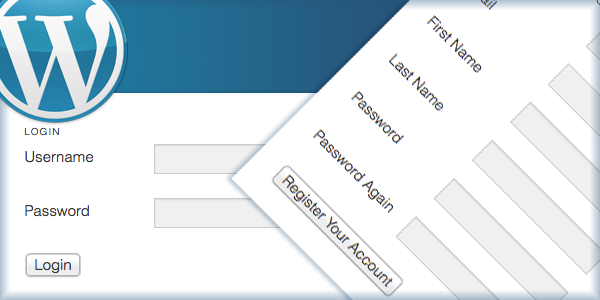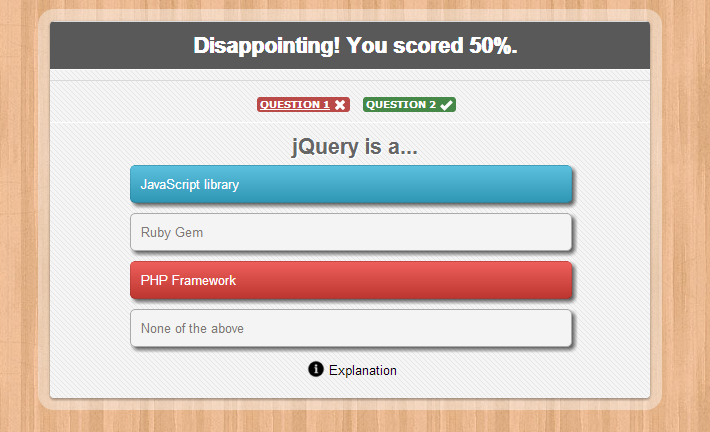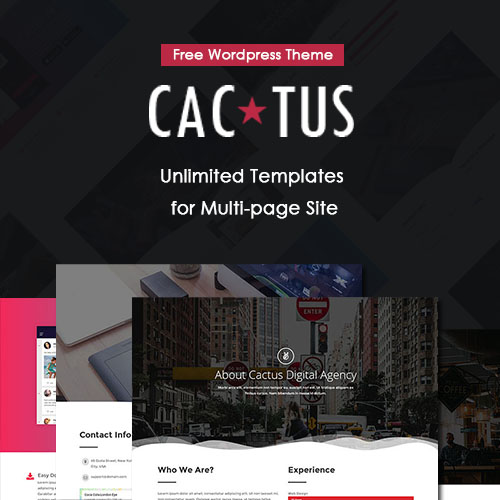
9 Web Design Tips for Startups
A website is essential to telling the story for any start-up company. A great web design can change the face of your entire startup. It will attract new customers and massively improve your business. Good business owners understand the importance of planning any expansion to their business, and web design is no different. You should be sitting down to create a clear brief of what you need on your website as well as doing some research on what a modern website needs.
Below are the tips you can use when designing your site, specifically for start-ups.
Create a Design Strategy
Take the time to create a detailed design strategy before jumping into the web designing process. Beginning without a plan can set you up for a jumbled website you’ll need to go back and fix later. Save yourself the time and money and get it right from the start. Pick out a few essential features to become part of your website vision. To do this, ask yourself a few questions. What overall message do you want to convey? What features will make you stand out? What kind of features does your audience want to see? Make a list of these features and use them to create a strong sense of focus in your design.
Make the Website Responsive
If you are designing a website for your startup, this is the first thing that you need to keep in mind. Majority of the web traffic these days are from mobile devices. So, it is important to perfectly cater to the visitors who surf the internet with mobile devices. Besides, after Google’s Mobilegeddon, it has become almost imperative for every website to be responsive. And this should be taken care of from the very beginning when you plan to start designing the website.
Keep Things Organized
An organized structure will make it easier for visitors to navigate through your website. Plan the structure of your website beforehand and organize things in a way that is simple and attractive. A menu that links all main pages of the site will show a visitor exactly where they want to go. All information displayed should be bold and clear- avoid large block of text as people rarely read them. Instead, use block letters, bullet points and large fonts to present important information.
Prepare Adaptive Content
People with usability challenges have been using the web all along but over the past few years, there has been a more of an effort to make websites more accessible on multiple devices. You likely know that your website has to perform beautifully especially if your start-up is in the technology space. However if you’re running to get a website ready for an investor meeting or demo, those details can easily be overlooked. You can hide certain content on smaller screens to keep your users engaged to convert or inquire about your start-up.
Keep Things Simple
Simple designs are easier to create, thus making them cheaper and faster, but they are also bolder, more memorable and more adaptable. A truly simple design will work just as well on a smartphone as it does a 24” monitor and will stand out in users’ minds.
Rather than trying to cram everything you could possibly want into a design, start by focusing on one key element you want to highlight and build the rest of your site around that. Treat your design like you would a neon sign, something that has to stand out and can only carry a short, but powerful, message.
In short, keep everything you do streamlined, with one focal point, one main color, one secondary color, and a simple one or two column layout for the rest of your content.
Keep Things Future-proof
While simple designs do work better on such devices, it’s crucial to go the extra distance to deliver the best experience possible. It’s much easier to make those adjustments when in the middle of building a new design than it is to retrofit an existing layout.
This means thinking about such things as mobile-friendly stylesheets, interfaces that are touchscreen friendly and content that loads quickly on slower connections. While plugins and services may be able to do a “quick and dirty” optimization for mobile devices, they won’t be able to provide a truly complete and compelling experience.
Add Boosts With Directory Listings
Directory listings online can help customers find your website and give your website that little boost it will need with the search engines. Do a search for both local, free and industry specific directories and list with as many as you can. Provide clear details and remember to write a different company description on each one. Using the same text for all of your off-site promotional efforts can end up looking like spam (especially when the search engine bots take a look).
Beta Trials
Arrange for the ‘in house’ and beta trials by the professionals so that the inconsistencies emerge out at the trail stage itself and are subsequently removed.
Startups should not shy of leveraging the potent platform of the web for emerging out as a brand in the popular array.
SEO Compliances
Ensure all the primary and frontline attributes of web design, particularly SEO. Even if a higher charge is incurred, the startup enterprises should try and engage the best web designers to obtain the frontline web design services of age. The SEO compliance is a must and should be performed through high standards determined by apps like Google Analytics and others so that super visibilities are rendered.
Conclusion
WEB DESIGN
Solid web design for a start up is about three things: focus, talent and planning. If you know what you want to put your attention on, have someone there who can make it look good and then plan for the future, it is fairly straightforward to craft a solid, professional design that will be both memorable and lasting.
Design is no longer just a luxury but a necessity, and it has become a global standard that companies should always keep up with. To sum it up, an attractive, fast and user-friendly web design will do wonders for your business. Make a few changes and watch your business expand!









